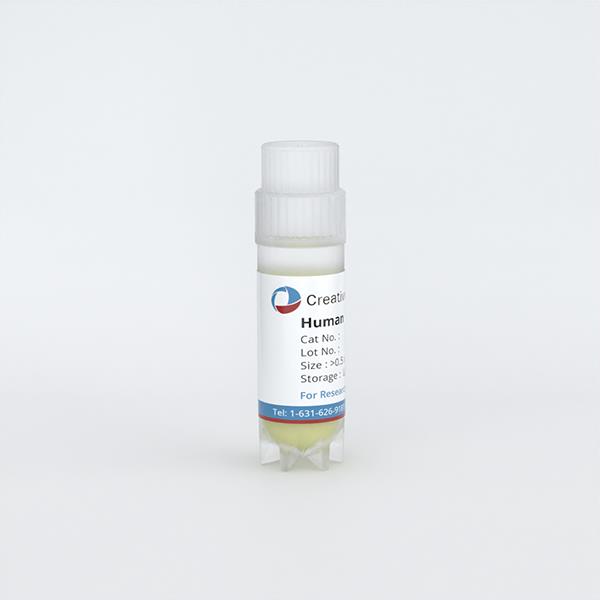Featured Products
Hot Products
ONLINE INQUIRY

Human Ovarian Surface Epithelial Cells
Cat.No.: CSC-C1542
Species: Human
Source: Ovary
Cell Type: Epithelial Cell
- Specification
- Q & A
- Customer Review
Cat.No.
CSC-C1542
Description
The human ovary is covered with a single layer of flat to cuboidal surface epithelial cells (OSE). OSE are physiologically involved in follicular rupture and the subsequent repair of the follicle wall during reproductive age. OSE exhibit a gland formation in coculture with endometrial stromal cells in an estrogen-rich environment. The phenotypic plasticity of these cells shares a mesenchymal property when they are cultured on two layers of extracellular matrix and collagen gel. OSE are the source of epithelial ovarian carcinomas. Understanding the mechanisms that regulate OSE cell survival, apoptosis, and cell growth is of great clinical importance because an aberrant signaling of any of these pathways is likely to be involved in epithelial ovarian cancer.
HOSEpiC are isolated from human ovarian tissue. HOSEpiC are cryopreserved either at primary or passage one cultures and delivered frozen. Each vial contains >5 x 10^5 cells in 1 ml volume. HOSEpiC are characterized by immunofluorescent method with cytokeratine antibodies (CK-14, -18 and -19). HOSEpiC are negative for HIV-1, HBV, HCV, mycoplasma, bacteria, yeast and fungi. HOSEpiC are guaranteed to further expand for over 5 population doublings in the conditions provided by Creative Bioarray.
HOSEpiC are isolated from human ovarian tissue. HOSEpiC are cryopreserved either at primary or passage one cultures and delivered frozen. Each vial contains >5 x 10^5 cells in 1 ml volume. HOSEpiC are characterized by immunofluorescent method with cytokeratine antibodies (CK-14, -18 and -19). HOSEpiC are negative for HIV-1, HBV, HCV, mycoplasma, bacteria, yeast and fungi. HOSEpiC are guaranteed to further expand for over 5 population doublings in the conditions provided by Creative Bioarray.
Species
Human
Source
Ovary
Recommended Medium
It is recommended to use Ovarian Epithelial Cell Medium for expanding HOEpiC in vitro.
Cell Type
Epithelial Cell
Disease
Normal
Storage and Shipping
ship in dry ice; store in liquid nitrogen
Citation Guidance
If you use this products in your scientific publication, it should be cited in the publication as: Creative Bioarray cat no. If your paper has been published, please click here to submit the PubMed ID of your paper to get a coupon.
Ask a Question
Write your own review
Related Products

